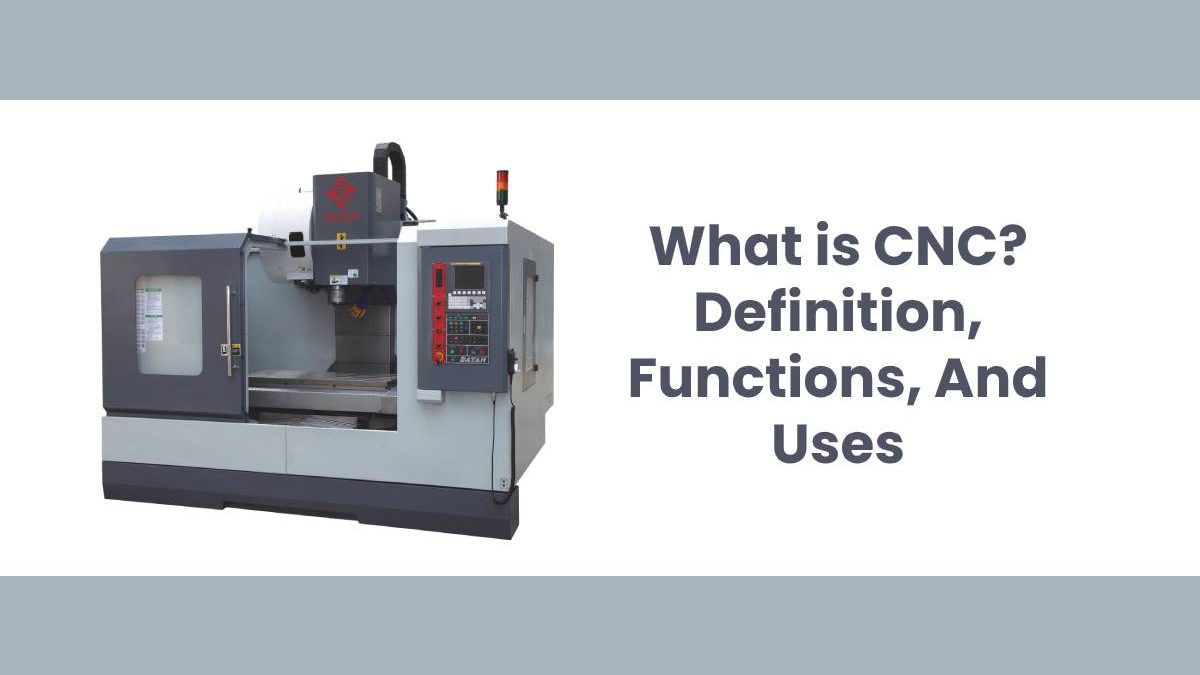Definition CNC (Computer Numerical Control)
Computer numerical control (or more commonly known as CNC) is a system that allows you to control the position of a physical element at all times. Usually, a tool mounted on a machine.
Also read: What is C Language? – Definition, Objectives, Disadvantages And More
Functions
It works through a program and a set of added commands. With both, you can control the position coordinates of a point (the tool that works the product)—relating to an origin (the position of the machine). In short, we are working with a kind of GPS but applied to the world of machining and more precise.
If we had a cube, each of the edges would be made up of its unique coordinates. To direct a point of a tool by touching each of the coordinates, you just have to enter the relevant commands in the program. It will get loaded in the machine, which will execute all the paths. The first figure represents displacement on the X-axis, the second on the Y-axis, and the third on the Z-axis. As can be seen, it works on a three-dimensional plane.
The CNC system controls all the movements of the tool when we are manufacturing.
It controls not only the coordinates we have seen, but also the way to move between them, its speed, and some other parameters. A CNC is a fully integrated equipment within machine tools of all kinds, machining, cutting, laser, cutters, etc.
Uses
Well, as we have said, it allows us to control at all times what the movements of the tool are. It also results in fully customized products for the end customer.
At Mecanizados Sinc, we have different types of CNC lathes, so that the client gets a perfect and well-finished product.
Also read: What is C++? – Definition, Features, Benefits, Uses And More

